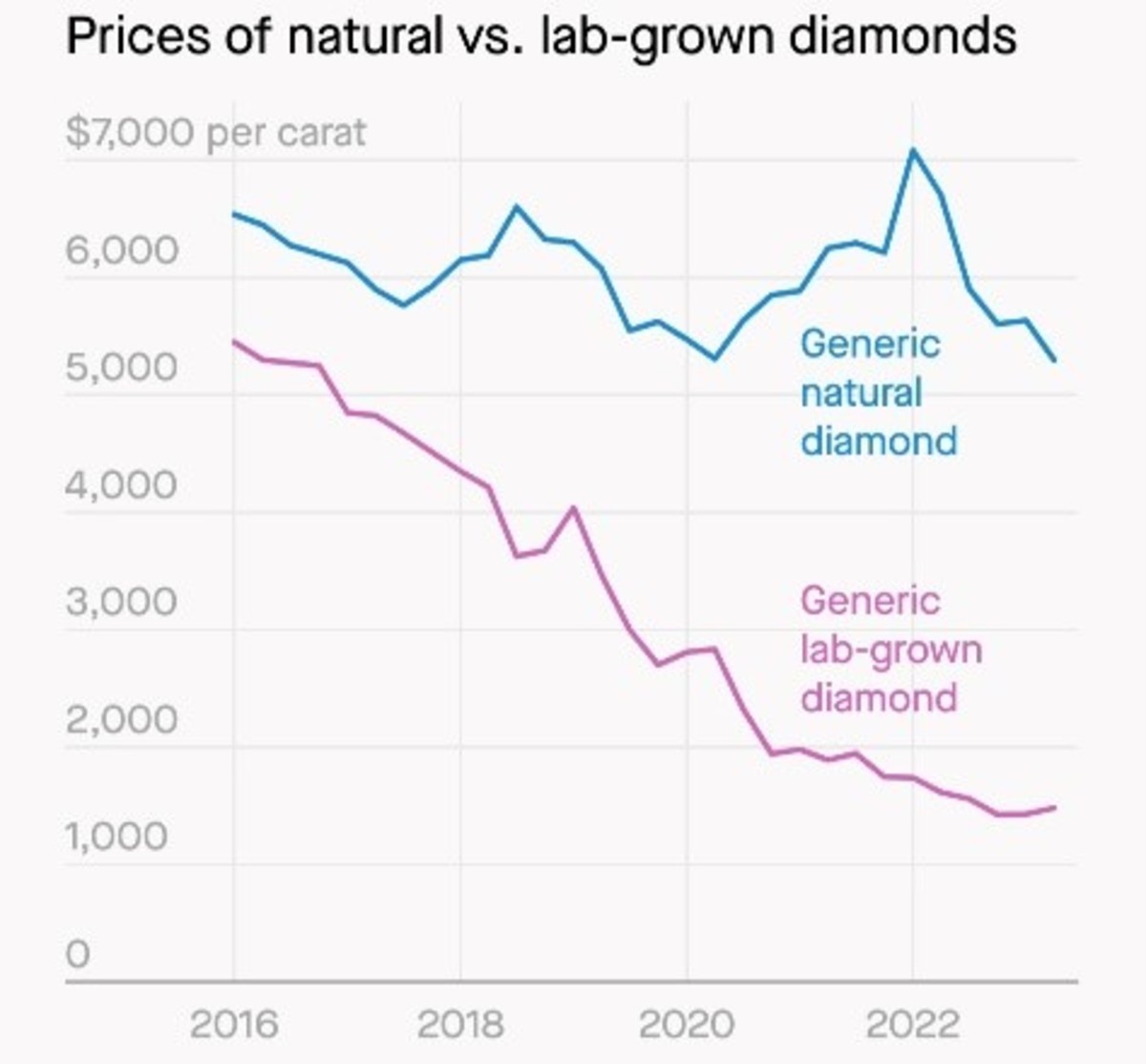Geometric vs. Arithmetic Rate of Return (Compound Average Growth Rate - CAGR)
Understanding the Difference in Managing Your Investments
When analyzing investment returns it is important to differentiate between the simple arithmetic return and the geometric return (a.k.a the Compound Average Growth Rate or CAGR). The geometric return is the more accurate as it is the average compounded return. The arithmetic average is always higher than the geometric average, hence the arithmetic average return is usually the one posted in ads for mutual funds and other investments. The only time when the arithmetic and geometric average will be the same is when the individual returns being averaged are the same for each period being analyzed.
Example 1:
Mutual Fund XYZ has the following returns for the past 2 years:
Year 1: -20%
Year 2: +20%
This is a rather simplistic example, but its purpose is to illustrate our point. On the surface it would appear that this fund has essentially "broken even" for the past 2 years. The average return for the two years being evaluated is 0%. So; a $10,000 investment at the beginning of year 1 is still worth $10,000 at the end of year 2, correct? Not quite. Even though the arithmetic average return is 0%, the geometric return tells a different and more accurate story.
Before we get into the formulas, let's just break down this example:
Year 1: $10,000 invested. The fund is down 20% by the end of the first year. The original investment is now worth $8,000 [10000 x (1-.20)]
Year 2: You start with $8000. The fund is up 20%. Your investment at the beginning of year 2 has grown to $9600: [8000 x (1+.20)]
This does not quite get you back to the original $10,000 invested at the start of Year 1 and is obviously not the break-even scenario it appeared to be initially. At the end of year 2 you are actually down 4%.
Example 2:
Mutual Fund XYZ has the following returns for the past 3 years:
Year 1: -20%
Year 2: +20%
Year 3: +15%
The simple arithmetic avg. would be 15% over the 3 years being evaluated, which averages out to a 5% return per year. As we saw with the previous example, this is not an accurate reflection of the true return on this investment for the past three years.
A 5% yield per year would generate the following balances at the end of each year:
Year1: $10,000 * 1.05 = 10,500
Year2: $10,500 * 1.05 = 11,025
Year3: $11,025 * 1.05 = 11,576.25
We know from the first example that based on the returns for years one and two, we would be starting year three with only $9600, so the 5% per year return scenario above does not paint a true picture of the resulting balances based on the individual returns for years 1-3.
Geometric Average
To get the geometric average return, we need to first obtain the total return:
Total Return = (1 + percent return) * (1 + percent return) * (1 + percent return) [3 periods in this example]
(1-.20) * (1+.20) * (1+.15) = 1.104
Geometric average = ((total return) ^ (1/number of years)) - 1
((1.104) ^ (1/3))-1 = .03353
You can check this in two ways:
Using the total return:
Year 1: $10,000 x (1-.2) = 8,000
Year 2: $8,000 x (1+.2) = 9,600
Year 3: $9600 x (1+.15) = 11,040
The result of the Total Return formula just above is 1.104.
10,000 (initial investment) x 1.104 = $11,040
The next way to check this is to use the Geometric average return within the formula for compound interest.
P * ((1+r)^n)-1
P= Principal
r = geometric return
n = number of periods (years in this case)
10000 * ((1+.03353) ^ 3)-1 = 11,040
We have shown here that the actual geometric return is 3.353% over the 3 year period being analyzed, not 5% as indicated by taking the arithmetic return.
The key take away from all of this is for you to be able to draw a distinction between the geometric average return (CAGR) and the arithmetic average return, and why it matters. Look beyond the publicized investment returns being touted by the advertisers or investment managers of the products being solicited. Ensure that you fully understand how these investment returns translate in terms of the balances in your personal portfolio. Additionally; take a more critical approach when analyzing potential investments and their historical returns. Knowing the 'average' return of an investment is not very useful unless you are able to differentiate between the arithmetic average return and the geometric average return.




